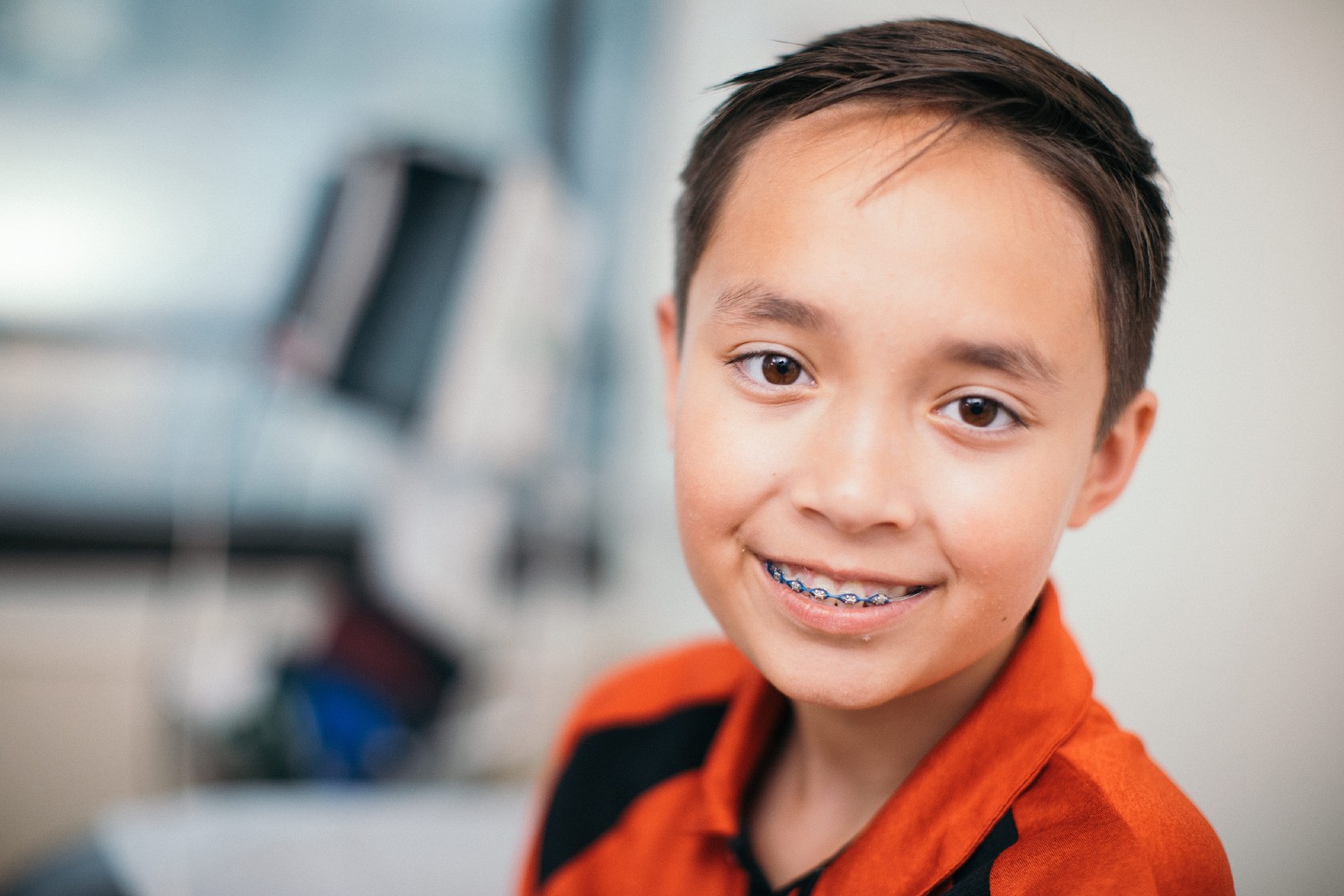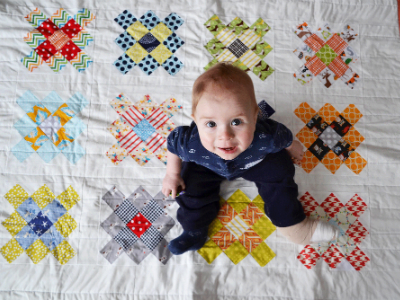
Vascular Anomalies Clinic


Vascular anomalies are developmental abnormalities of the arteries, veins and capillaries. Although they are congenital anomalies, they often first appear later in childhood and sometimes in adulthood.
The Vascular Anomalies Clinic at Children’s National Hospital brings together all the necessary pediatric specialists — in one place — for individual evaluation and treatment of children with vascular anomalies. We are also one of the few clinics in the country dedicated to treating vascular birthmarks.
Our Providers
Our pediatric specialists provide personalized care for your child’s physical, mental and emotional health needs.
Contact Information
For appointments, please call 1-888-884-BEAR (2327) and for information, call 202-476-2151.
If your child is a Children’s National Pediatricians & Associates (CNPA) patient, please contact your office directly to schedule.
Choosing Children’s National for Vascular Anomalies Care
As the only hospital in Washington, D.C., dedicated exclusively to caring for kids with vascular anomalies, highlights of our program include:
- Precise diagnosis. Our pediatric specialists accurately diagnose your child’s vascular condition and work together to provide the most appropriate treatment.
- Expertise. If your child's condition requires surgery, our surgical care team performs the most pediatric cases in the area, ensuring patients and their families receive the highest level of care. We have three full-time plastic and reconstructive surgeons who dedicate their entire practice to children. In addition, Children's National is the only area hospital to guarantee that a fellowship-trained pediatric anesthesiologist always administers anesthesia for all patients.
Understanding Vascular Anomalies
Vascular anomalies come in many different shapes and sizes. Some vascular anomalies may be deep below the surface of your child's skin and are not readily apparent, while others are readily apparent and involve the skin of the face. Vascular anomalies can also occur as isolated lesions, while others occur in conjunction with anomalies of other parts of the body including bones, muscles and organs. Our program uses imaging studies, such as ultrasound, computed tomography or magnetic resonance imaging to determine the type and extent of your child's vascular anomaly.
Most vascular anomalies are due to a genetic mutation that occurs only in the area of the vascular anomaly. The mutations are called somatic mutations and unlike germline mutations, which affect all cells of the body, somatic mutations only affect a portion of cells in the body. There are more than 40 genetic mutations leading to vascular anomalies and this is increasing. Some of the common genetic mutations include PIK3CA, TEK, TIE2, mTOR, , EPHB4, MAP2K1, TGF, PTEN, VEGFC and RASA1. In some cases, the discovery of specific genetic mutations for vascular anomalies has helped to identify targeted medical treatments.

Conditions We Treat
Understanding your child's condition is an important step on your treatment journey. Learn more about causes, symptoms and diagnosis for a variety of conditions, as well as unique treatments and research being performed at Children's National.
Treating Vascular Anomalies
Depending on the type of vascular anomaly and its effect on the child, some anomalies benefit from medical treatment. Treatment options include:
- Embolization
- Laser therapy
- Medications
- Sclerotherapy
- Surgical excision
Some vascular anomalies can be cured with treatment while others may improve with treatment. Treatment of most vascular anomalies is not urgent. However, treatment of hemangiomas that involve the face of young infants or hemangiomas that bleed or ulcerate can require emergency treatment. If your child requires emergency treatment, we offer urgent telehealth or clinic appointments.
Vascular Anomalies Referrals
Locations

Main Hospital
- Specialty Care
- Emergency Care
Finn's Story
When Finn was born, his parents and doctors immediately knew something was wrong. Finn's left leg was swollen to the size of an adult head, and it continued to swell at an alarming rate.

Advice From Our Experts
Want advice on raising healthy, happy kids? The experts at Children's National are here for you! Get reliable advice from trusted doctors on the Rise and Shine blog. We're sharing our knowledge on everything from children's health to practical parenting tips.








